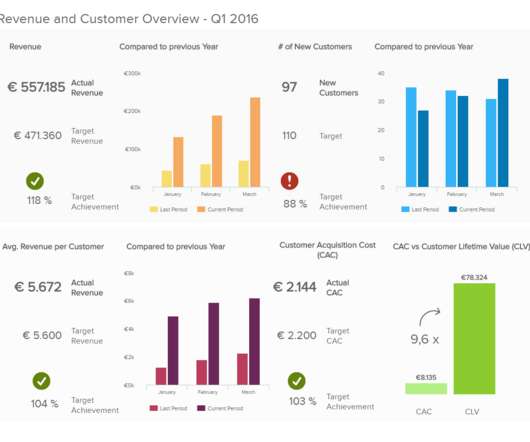Benevolence of Assistive AI in Decreasing Natural Disaster Damage
Smart Data Collective
DECEMBER 18, 2020
A few years ago, we talked about the benefits of using AI and big data in disaster relief. In seven of the last 10 years, there have been 10 or more weather-related disasters with costs exceeding $1 billion each. Benefits of Assistive AI in Fighting Natural Disaster Damage.
















Let's personalize your content